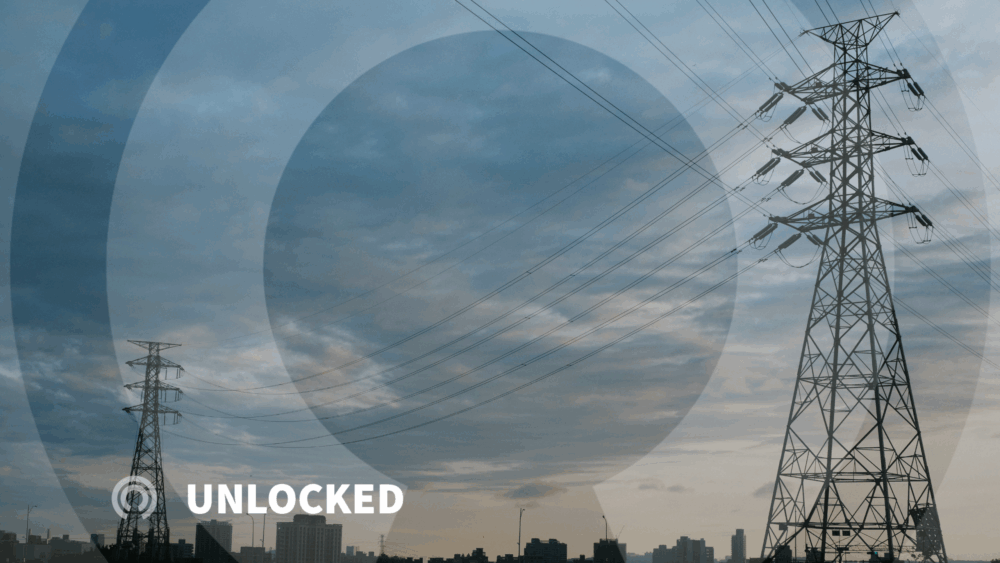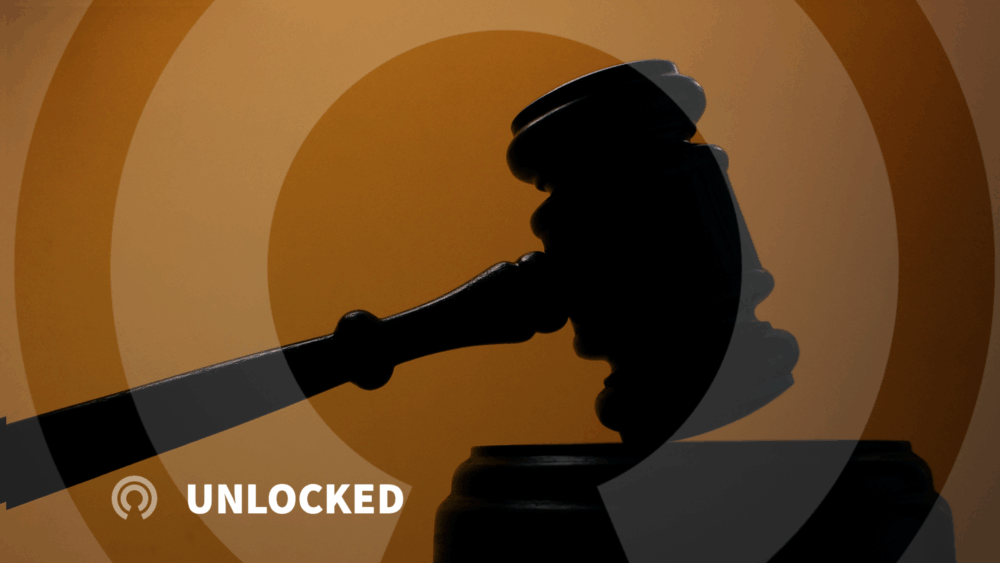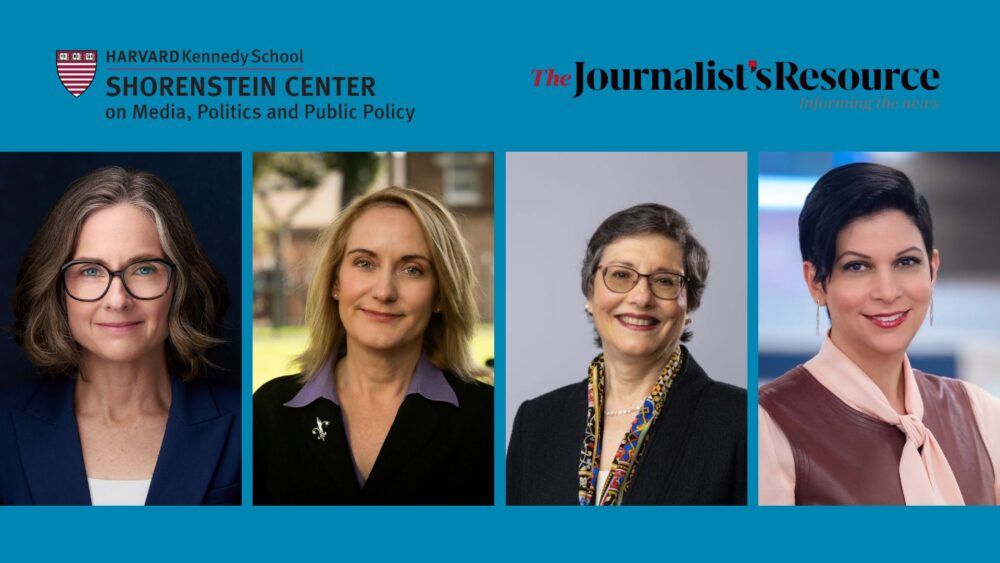
Explainers, Podcasts, Videos
Unlocked: What is the role of the Federal Communications Commission (FCC)?
Reports & Papers

A paper by Celestine Bohlen, Fall 2014 Fellow and columnist at The International New York Times, explores the nature of the 2014 sanctions against Russia, their effects, and the resulting media coverage.
Since 2014 the US and EU have targeted the close associates of Vladimir Putin – wealthy businessmen who receive high-profile government contracts – with sanctions, travel bans, and asset freezes in an effort to pressure Putin to withdraw from Ukraine – or perhaps to trigger regime change. While the evidence isn’t clear that the sanctions have helped further these goals, they did help bring to light the “self-serving” economic policies of Putin’s regime for the Western press – a topic Russian independent media has covered since the early 2000s.
Certainly, the decision to sanction Putin’s “cronies” grabbed headlines both in the West and in Russia – even though the most effective, and innovative, aspect of the Russian regime sanctions has to do with “micro-targeting,” which allows the US Treasury to zero in on specific Russian economic and financial activities, with minimum damage to US or Western interests.
When the story of the West’s sanctions against Russia is over, the headline will probably be about the efficiency of financial sanctions that block access by Russian banks and companies to Western credit markets. This is the latest implementation of an increasingly aggressive policy deployed after the 9/11 attacks, which has seen the US Treasury step up pressure on private banks, both American and foreign, to freeze the assets of targeted terrorist groups, drug lords, individuals and companies under US sanctions.
In the Russian case, the gradual closing of Western credit to Russian banks and companies has clearly magnified the country’s economic woes, brought about by a drop in oil prices and in the value of the ruble. It is difficult to untangle the precise impact of the sanctions in this gloomy picture, but even Putin has admitted that they are causing pain.
Still, it is the cronies, not the wonky financial measures, who were the first to capture public attention. By putting names and faces on the targets, the US and European Union governments – via the media – were able to give their domestic audiences, and critics, the impression that a gang of rich insiders who aided and abetted the Putin regime’s aggression in Ukraine, has been identified and targeted.
Maybe that was the point. Sanctions, after all, are to a large extent all about “the appearance of effective action.” As the late Richard Holbrooke said, they fill the gap between “pounding your breast and indulging in empty rhetoric and going to war.”

Explainers, Podcasts, Videos

Explainers, Podcasts, Videos

Videos